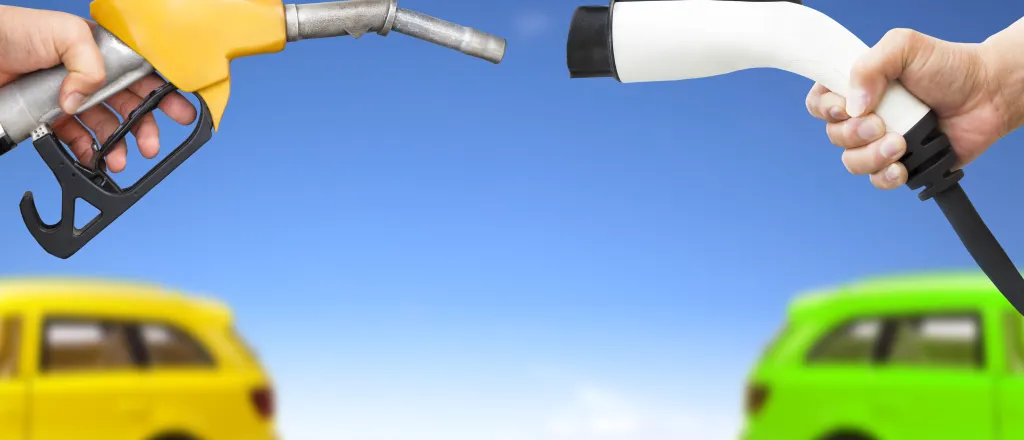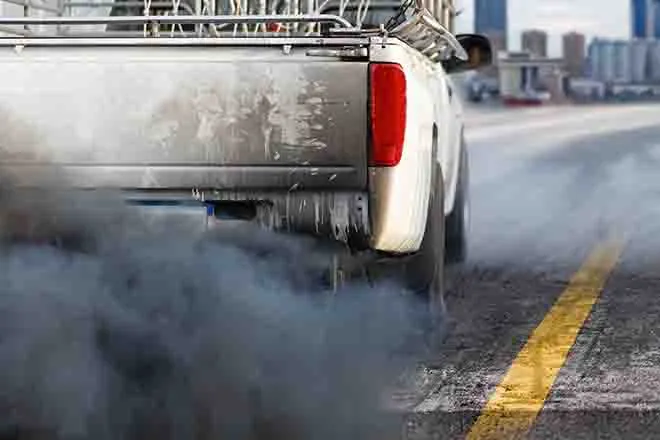
New EPA rule could mean 2 out of 3 cars is electric by 2032
(Utah News Connection) The Environmental Protection Agency announced last month new and more stringent vehicle emission standards, which some say could significantly help reduce harmful air pollution in Utah and across the country, as well as accelerating the automobile industry's switch to electric vehicles.
While the agency's rule does not specifically require automakers to increase production of electric vehicles, the agency is saying it is most likely the way for the industry to meet the standards.
Chris Harto, senior sustainability policy analyst for Consumer Reports, said it could lead to some significant changes down the line.
"They could lead to up to two-thirds of new vehicle sales being electric vehicles by 2032," Harto projected. "However, automakers can use other technologies to comply as well, including hybrids and plug-in hybrids."
Harto pointed out they have seen a "rapid growth in consumer demand for electric vehicles," increasing around 350% in the last two years.
According to the EPA, since President Joe Biden took office, the number of EV sales has tripled and the number of available models has doubled.
The EPA's proposed standards promise to rapidly reduce petroleum consumption by cutting the allowable amount of tailpipe emissions new cars can produce. The agency claims these steps will help avoid nearly 10 billion tons of carbon dioxide emissions through 2055, reducing harmful health effects and deaths, especially for those who live close to thoroughfares.
Harto noted the EPA is currently taking public comment on the proposal, and a final rule can be expected by the end of this year or the beginning of next year.
"EPA will then take all of that input that it gets from the public, read it, evaluate it and go back to the drawing board and make some changes to the rules based on that feedback," Harto explained.
Harto added the final rule would then go into effect in 2027. The EPA estimated the benefits of the proposed standards would exceed costs by at least $1 trillion.














